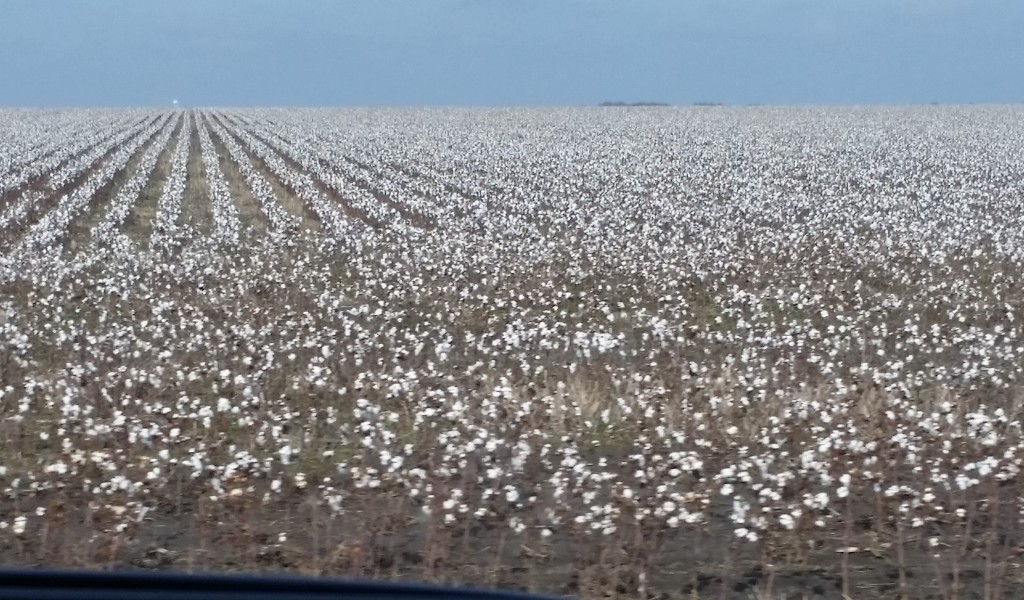The Dust Bowl Demanded Sustainable Agriculture
Posted on February 5, 2016 by KK
Leave a Comment
Our first records of weather tracking from the U.S. Weather Bureau were from 1898 for relative humidity, winds and temp. It wasn’t until radiosonde initiatives were launched in 1938 that we were able to test temperature, humidity, pressure, and transmit information during inclement weather (Service 2007). But by then it was too late to see what New York City already had (A&E Television Networks, LLC 2015). The Dust Bowl was an ecological disaster that hit over 150 million acres and drove “exodusters” to urban life east or as far west as California (Eric Foner and John A. Garraty 1991). In 1931 the drought that swept the plains was the onset of the Dust Bowl (Hurt 2002). The Dust Bowl was a direct result of what happens when you mess with science and nature over a degradingly long period of time.
Several generations of farmers monocropped the grasslands of the Great Plains and planted seed into fertile topsoil which became the means to earn a meager wage. They didn’t understand sustainable agriculture, biointensive growing, companion planting, or cultivating drought tolerant seeds. Cattle ranching and wheat farming contributed to the ecological imbalance of earth and sky because they stripped the grasslands dry and left them structureless too. Topsoil stripped of beneficial nutrients and moisture prompted soil erosion. Drought and wind erosion set in parching the dirt even more. After a period of time with no rain, the wind hit the prairies, statically lifting up dust up to 10,000 feet, traveling 65 miles an hour, and causing enough electricity to power NYC (A&E Television Networks, LLC 2015).
By 1934, 300 million tons of top soil had been removed by the Great Plains which touched Kansas, Northeast New Mexico, Southeast Colorado, Oklahoma Panhandles, and parts of Texas (Hurt 2002). Roosevelt enacted “practical measures” to remediate drought, dust, and depression beginning with the Great Plains Drought Area Committee (Hurt 2002). Several organizations were formed to assist with the Dust Bowl and Great Depression including land and social services relief. Most of the Great Plains farmers were in some form of federal agricultural relief program. The AAA, RA, CCC, and FSA couldn’t help enough and someone had to pay for it (Hurt 2002).
The goals for New Deal Agricultural Conservation included removing excess and marginal acreage from crop production, preventing soil erosion with improved agronomic practices, rural zoning, grassroots involvement, eliminating farm poverty, and practicing ecological resource management (Worster 1979). Conservation efforts that were enacted on behalf of the government to plant 220 million trees through the Shelterbelt Program of the Forest Service or let land grow fallow through the Taylor Grazing Act, were just a few attempts to help the Great Plains flourish again (Danbom 1995).
Rexford Tugwell, Lewis Gray and Henry Wallace were detrimental towards sustainable improvements during the 1930s (Worster 1979). Although there were a lot of initiatives in place to alleviate the pressures at the time there wasn’t a consistent foothold in all acts because different people were in control of governmental legislation. The Soil Conservation Service (SCS) was initiated to teach about soil conservation but one had to sign a five year contract in order to reap rewards. Sustainable education on behalf of agriculture and the environment should have been included in all relief efforts and initiatives. That would have helped prevent future reliance on government assistance and fueled a more sustainable economy. Perhaps they would have been more prepared for a “fundamental environmental reform,” if they were educated along the way (Worster 1979). If our government continued to integrate conservation with sustainable agriculture as part of the New Agricultural reform then and implemented it into sustainable mandated policies to this day, our country would be a lot better off. We’ve come a long way since the Dust Bowl, but our sustainable challenges in agriculture in the twenty first century are far more difficult.
Bibliography
A&E Television Networks, LLC. Dust Storms Strike America. A&E Television Networks, LLC, 2015.
Danbom, David B. Born in Country. Baltimore: The John Hopkins University Press, 1995.
Eric Foner and John A. Garraty, Editors. The Dust Bowl. Summary of the Dust Bowl, New York: Houghton The Reader’s Companion to American History. Eric Foner and John Houghton Mifflin Harcourt Publishing Company, 1991.
Hurt, R. Douglas. Agriculture: A Brief History. West Lafayette: Perdue University Press, 2002.
Service, National Ocean. “A History of Observing the Weather.” NOAA Celebrates 200 Years of Science, Service, and Stewardship. May 31, 2007. http://celebrating200years.noaa.gov/foundations/weather_obs/welcome.html#earlyyear (accessed January 22, 2015).
Worster, Donald. Dustbowl: The Southern Plains in the 1930s. New York: Oxford University Press, 1979.
Category: Sustainable Movement Tags: 1934, Agriculture, America, cattle ranching, Colorado, Dust Bowl, erosion, Forest Service, Great Depression, Great Plains, Henry Wallace, History of Agriculture, Kansas, Lewis Gray, New Agricultural Reform, New Deal Agricultural Conservation, New Mexico, NYC, Oklahoma, Rexford Tugwell, Roosevelt, Shelterbelt Program, Soil, Soil Conservation Service, sustainable, sustainable agriculture, Taylor Grazing Act, Texas, U.S. Weather Bureau, wheat farming

